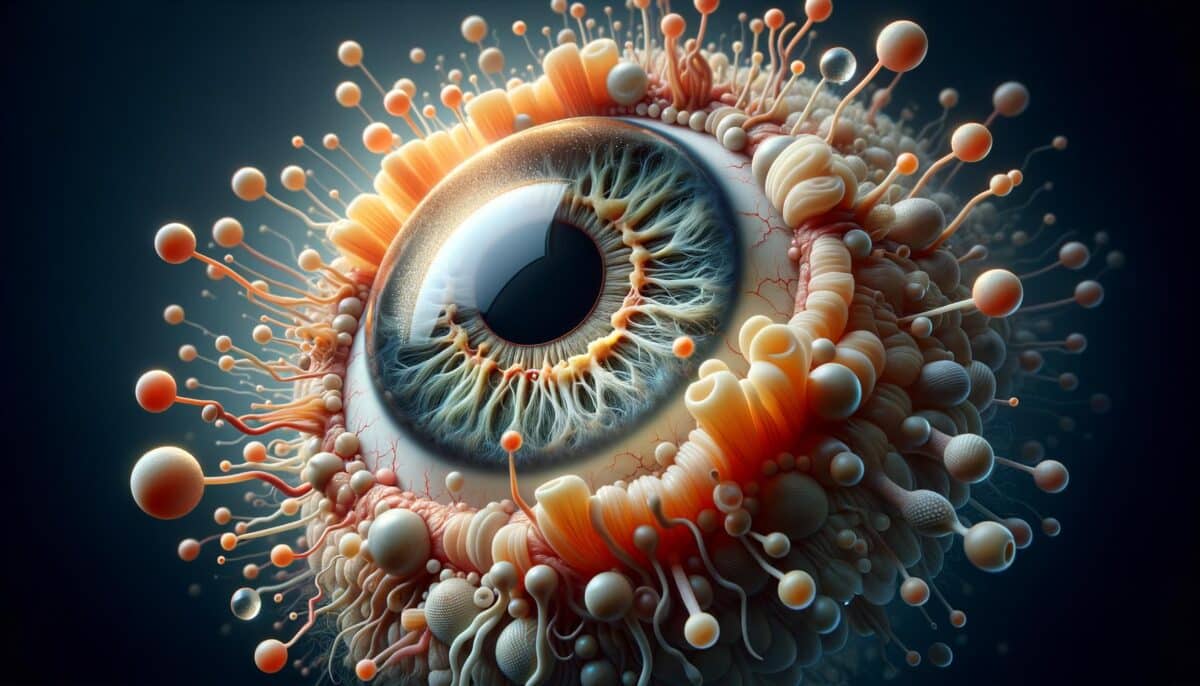What is Macular Degeneration?
Macular degeneration, often referred to as age-related macular degeneration (AMD), is a medical condition that affects the central part of the retina, known as the macula. This part of the eye is crucial for sharp, central vision, which is necessary for activities like reading and driving. When someone asks ‘what is macular degeneration,’ the concise answer is that it is a progressive eye condition that can lead to a significant loss of central vision. AMD is generally categorized into two types: dry (atrophic) and wet (neovascular or exudative). Both forms can cause varying degrees of vision impairment, though wet AMD tends to be more severe.
Causes and Risk Factors
Understanding the causes of macular degeneration can be the first step in prevention. Although the precise cause is not fully understood, several risk factors have been identified. Age is the most significant factor, with the likelihood increasing as individuals grow older. Other contributing factors include:
- Genetic predisposition: A family history of AMD can increase risk.
- Lifestyle choices: Smoking, poor diet, and lack of exercise may contribute.
- Health conditions: High blood pressure and obesity are linked with a higher risk.
- Ethnicity: People of Caucasian descent are more susceptible.
By acknowledging these factors, individuals can make informed lifestyle choices to potentially lower their risk.
Symptoms and Diagnosis
Detecting macular degeneration early can significantly affect management outcomes. Common symptoms include blurred or reduced central vision in one or both eyes, difficulty recognizing faces, and the appearance of a dark or empty spot in the center of vision. For many, these signs might raise the question ‘what is macular degeneration actually doing to my eyes?’ Essentially, the disease causes damage to the macula, impairing detailed visual tasks.
A comprehensive eye exam conducted by an eye care professional is essential for diagnosis. Tools like the Amsler grid can help identify vision changes, while imaging tests such as optical coherence tomography (OCT) offer a detailed view of the eye’s structure.
Treatment Options
While there is currently no cure for macular degeneration, various treatments can help manage symptoms. For dry AMD, maintaining a healthy lifestyle with a diet rich in leafy greens, fish, and nuts is beneficial. Additionally, using protective eyewear outdoors can safeguard against further damage.
Wet AMD treatments often involve injections of anti-VEGF medications to slow vision loss. These treatments are designed to inhibit the growth of new, abnormal blood vessels in the retina. Recent advancements in treatment options provide hope for many, emphasizing the importance of regular check-ups for early intervention and the best management outcomes.
Living with Macular Degeneration
Adjusting to life with macular degeneration involves finding ways to cope with changing vision needs. Many individuals benefit from various aids and technologies developed to support low vision, such as:
- Magnifying devices: Handheld or electronic magnifiers can assist with reading and other detailed tasks.
- Adaptive technology: Specialized software and large-print keyboards can make computer use more accessible.
- Vision rehabilitation: Programs focusing on maximizing remaining vision through exercises and techniques.
Support groups and counseling can also be beneficial, providing emotional support and practical advice for those navigating life with visual impairments. Recognizing the challenges and seeking assistance can lead to improved quality of life.
Conclusion: Embracing Proactive Eye Health
Macular degeneration is a complex condition impacting many lives, and understanding the intricacies of ‘what is macular degeneration’ is essential for those seeking to protect their vision. Staying informed about risk factors, recognizing symptoms early, and pursuing appropriate treatment can help maintain eye health. Regular eye examinations and adopting a healthy lifestyle are vital steps anyone can take to potentially slow the progression of this eye condition, ensuring a better quality of life in the years to come.
